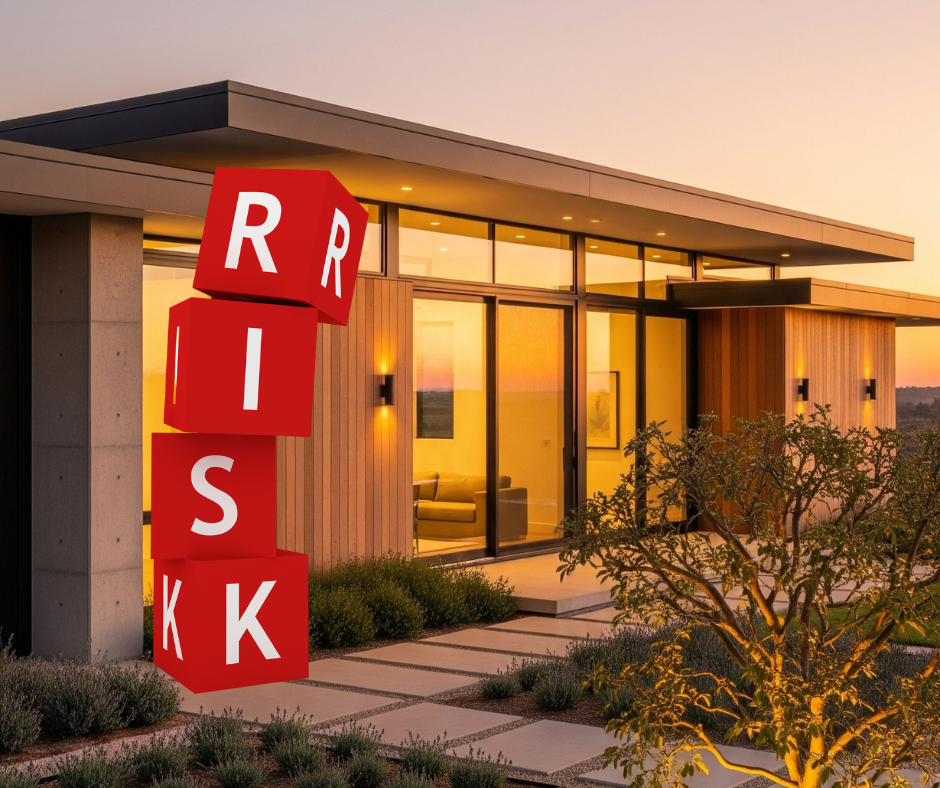Crime statistics are a key tool for understanding public safety and shaping strategies to protect both individual and community well-being. In the United States, crime rates often spark heated debates and receive significant media attention. However, to truly grasp the reality behind these numbers, it’s crucial to move beyond the headlines and analyze crime statistics in a broader context. In this article, we explore trends, challenges, and factors shaping crime in the USA, offering a clearer perspective on what the data really shows.
1. The Big Picture: A Tale of Declining Crime Rates
Contrary to popular belief, crime rates in the United States have been declining for decades. The FBI’s Uniform Crime Reporting (UCR) program highlights that both violent and property crimes reached their peak in the early 1990s and have steadily decreased since. This downward trend is a positive indicator of progress, though it often goes unrecognized amidst sensationalized news reports. Understanding this decline can reshape how we approach personal and community safety.
2. Dissecting Violent Crime Rates
While overall crime rates have fallen, violent crimes—such as murder, rape, robbery, and aggravated assault—continue to affect certain areas more than others. The occurrence of violent crimes is not uniform across the country, with certain cities and neighborhoods experiencing higher levels of violence. By identifying and targeting high-crime areas, law enforcement and community leaders can develop localized strategies to reduce violence and improve public safety.
3. The Influence of Socioeconomic Factors
Crime is often linked to socioeconomic conditions. Higher poverty rates, unemployment, limited educational opportunities, and income inequality are all correlated with increased crime rates. Addressing these underlying issues through social programs, education, and economic development can lead to safer communities over time. Investing in these areas is as crucial as investing in security measures like surveillance systems or physical fortifications.
4. The Role of Law Enforcement
The way law enforcement agencies respond to crime has a direct impact on crime statistics. Effective strategies, such as community policing and data-driven approaches, help reduce crime by building trust and collaboration between police and the public. By focusing on prevention, intervention, and rehabilitation, law enforcement can play a critical role in fostering safer environments. Equally important is the implementation of transparent and fair practices that encourage community support.
5. The Challenge of Underreported Crimes
Crime statistics reflect only reported incidents, leaving many crimes unaccounted for due to underreporting. Crimes such as domestic violence, sexual assault, and hate crimes are often underreported due to fear, stigma, or distrust of law enforcement. Encouraging victims to report crimes through community outreach, support services, and protecting their anonymity is key to creating a more accurate picture of crime and ensuring victims receive the justice they deserve.
6. The Need for a Nuanced Perspective
Interpreting crime statistics requires a nuanced understanding that takes local factors into account. Crime rates can vary dramatically between different states, cities, and even neighborhoods. Social, economic, and historical factors must be considered to avoid generalizations that could perpetuate stereotypes or lead to ineffective policies. By recognizing the unique challenges of each community, more targeted and impactful crime prevention strategies can be developed.
Moving Beyond The Headlines
Understanding crime statistics in the USA demands careful analysis and context. While the overall trend of declining crime rates is encouraging, certain types of crimes and high-risk areas still require focused attention. By addressing socioeconomic factors, improving law enforcement practices, and increasing the reporting of underreported crimes, we can work toward creating safer communities for all.
At Guardian Security Screens, we believe that combining community efforts with effective security solutions leads to a more secure future. Call 702-383-5092 or reach out via our online form and one of our security experts will be happy to assist.





